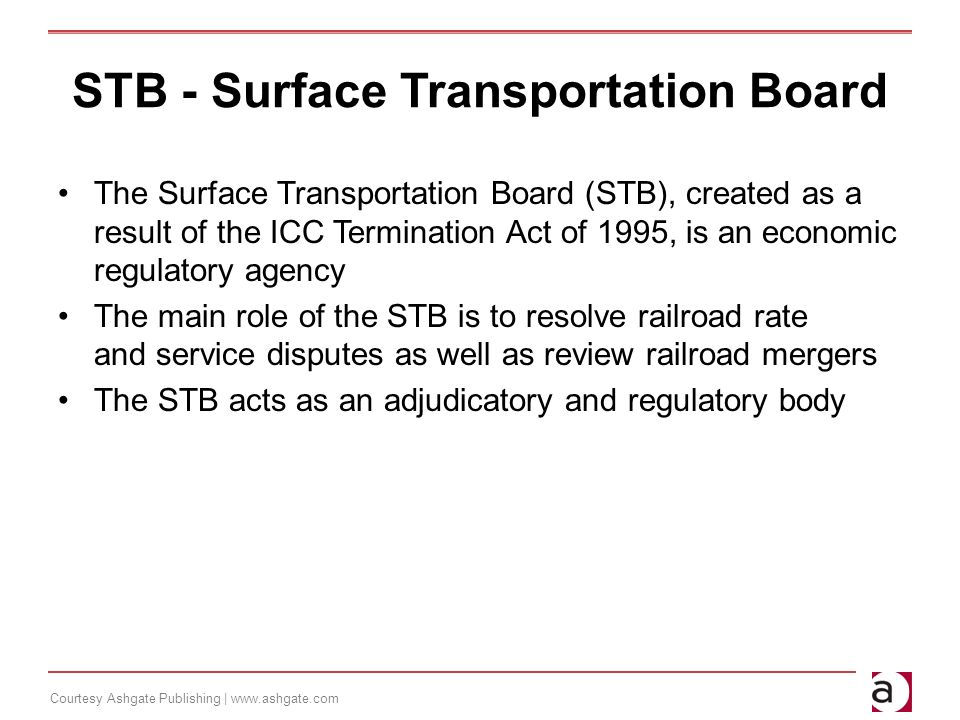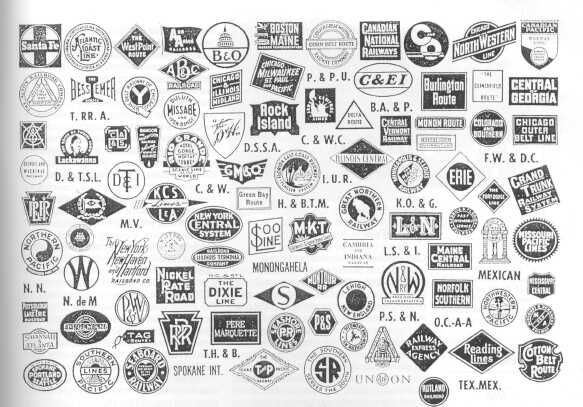Let’s test drive the dang thing
- by Charles A. Turek
- Jun 21, 2016
- 3 min read
Now that the Canadian Pacific-Norfolk Southern (CP-NS) merger is in its coffin with a railroad tie driven through its heartless chest, I thought it might be time to point out something that got missed in the offer-refusal dance, including the barbed returns. It has to do with the Surface Transportation Board (STB).

No, the STB didn’t get missed. In fact, CP was looking for the STB to dance as a willing third when it asked for approval for the jimmied up trust arrangement that would have let CP’s CEO run NS while the STB deliberated. What got missed was the merger rules put in place by the STB almost 15 years ago for the unstated but obvious purpose of handling the final round of Class I mergers.
When BNSF, and then Union Pacific and CSX raised the Ghost of Railroad Future Merger, it was widely reported as a ploy to frighten shippers and feds into opposing the CP-NS dance on the grounds that it would result in that so-called final round of mergers, and accompanying fallout. The fallout was widely reported as being a gridlock of the U.S. railroad system unlike anything ever before seen on this green earth.
Largely, though, what was overlooked in the reporting is that the STB merger rules have gone untested since being etched into the pages of federal regulations. In my opinion, once CP launched its offers, it was the last of the Class Is to realize that nobody had test-driven the luxury sedan (merger) they were just about to buy. Rather than point that out in so many words, the other Class Is went all passive-aggressive and just said, “Why don’t we all just go out and buy a Mercedes we’ve never driven but has been around for a few years and we’ll all learn at the same time whether it’s a lemon or not.” The prospect was eventually scary enough to drive all the buyers out of the dealership and back out into the street. They’re going to let the used car (merger rules) sit on the lot for a few more years and see if it becomes more or less attractive.

Why don’t they just test drive the dang things. Merger rules, like any other rules, can be tested with hypotheticals. While the STB is a very small agency with a limited budget and limited staff, I can’t believe they are so busy with "rate and service disputes" that they couldn’t set aside some time to get into hypotheticals.
Like what happens to the last two of the four big western railroads when both NS and CSX Transportation are merged and there are no more eastern roads to go around the table? Do two western roads merge with each other? Once there were three, if you count Conrail, but the STB let that get split between NS and CSX. Does logic suggest that NS and CSX will have to cough up their halves of Conrail to split between the two have-nots? (Halve-nots?) Where does the intermediate but highly volatile Kansas City Southern fit in?

Or is the whole rule structure designed to prevent any new mergers? If so, it is doing its job, and is apparently scary enough that it could be used to bully CP into laying off NS for the time being.
All of the above is important to the future transportation policy of America. So why not test drive the rules with a simulated merger and see what would happen? Maybe bring in the CEOs of the Class Is (and just maybe somebody from the Amtrak board and major shipper organizations) and have a giant war game, with lawyers from the STB and Justice acting as the moderators, while STB staffers played their board counterparts. Maybe it would be better if we all knew what would happen. Maybe the outcome wouldn’t be that bad.
©2016 – C. A. Turek – mistertrains@gmail.com
(Charles A. Turek is a writer and novelist based in Albuquerque, NM. After four decades working in areas of the insurance industry related to transportation, he now writes on all aspects of American railroading. Charles is a political conservative but believes in public funding of passenger rail as a part of the federal government’s constitutionally conservative obligation to provide for defense and public infrastructure so that private enterprise may flourish.)

![maxresdefault[1].jpg](https://static.wixstatic.com/media/cef8ab_8d4e0ddce355463e8edabd7c8937b6f6~mv2_d_2500_1406_s_2.jpg/v1/fill/w_124,h_70,al_c,q_80,usm_0.66_1.00_0.01,enc_avif,quality_auto/maxresdefault%5B1%5D.jpg)



















Comments